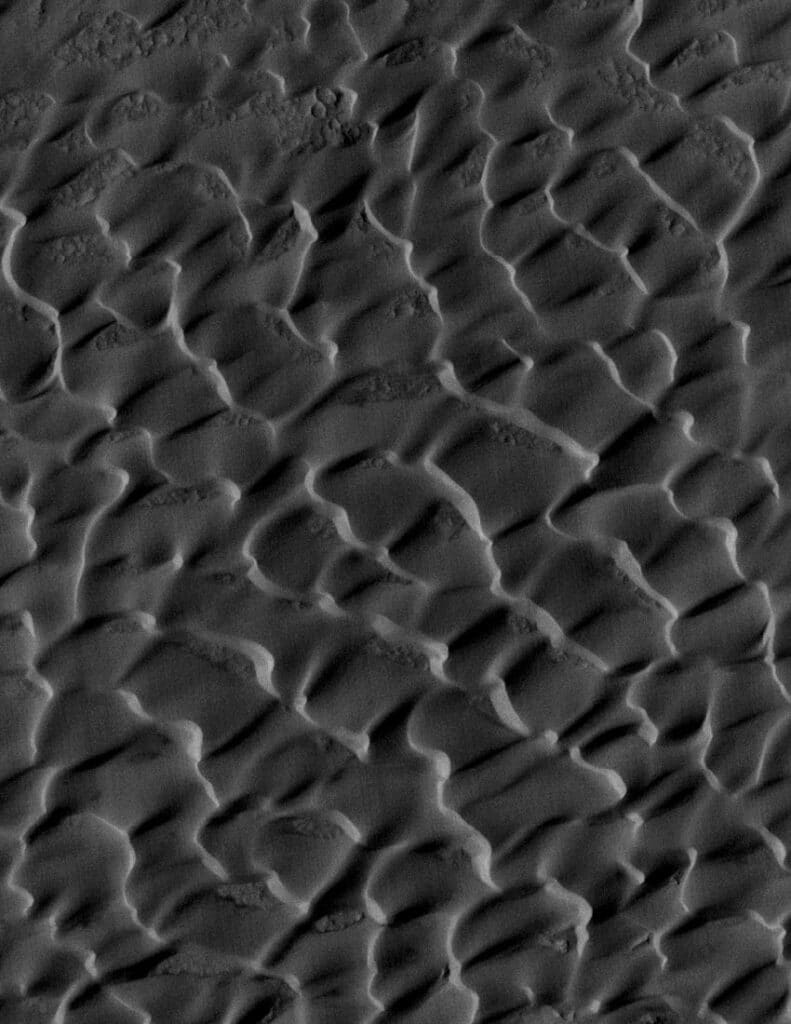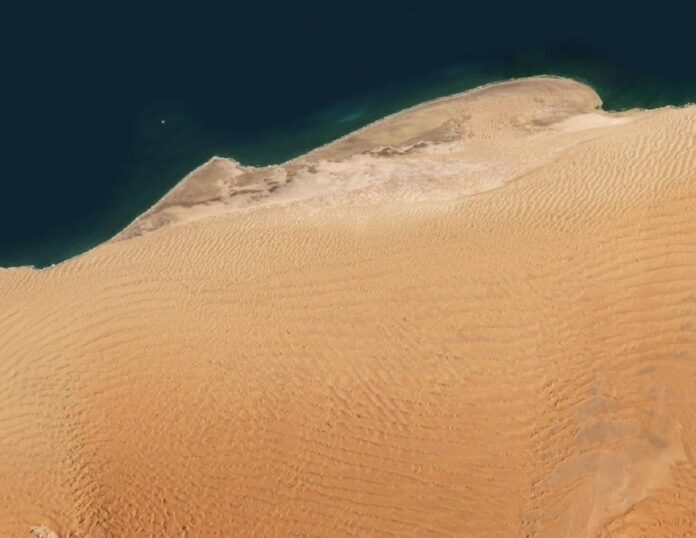Windblown dunes are common in the solar system, developing on planets with varying gravity and atmospheric conditions. Their crest patterns, which can be seen in orbital photos. It can show recent changes in boundary conditions, such as wind regime shifts or sediment availability fluctuations.
Dunes are manifestations of surface processes, climate change, and the surrounding atmosphere, ranging from ripples on the shore to towering behemoths in the desert. Scientists have struggled to determine why they produce such diverse patterns for decades.
Stanford researchers have developed a method for understanding the meaning of dune patterns: sand mounds produced by wind. Their findings can be used on any planetary body with dunes, including Venus, Earth, Mars, Titan, Io, and Pluto, as a novel tool for studying environmental changes.
Senior study author Mathieu Lapôtre, an Earth and planetary sciences assistant professor at the Stanford Doerr School of Sustainability, said, “When you look at other planets, you have pictures taken hundreds to thousands of kilometers away from the surface. You can see dunes, but that’s it. You don’t have access to the surface. These findings offer a really exciting new tool to decipher the environmental history of these other planets where we have no data.”
The researchers from Stanford University investigated how 46 dune regions on Earth and Mars interact or exchange sand by analyzing satellite photographs of the dunes. Scientists have struggled to understand why they produce such diverse patterns for decades. Due to these interactions, dunes evolve into defect-free patterns, representing a state of equilibrium with local conditions.
Many contacts might indicate changes in border conditions at the local or regional level. To put their concept to the test, they analyzed data from Earth and Mars to see how known changes in environmental factors, such as wind direction or sand availability, affected dune interactions in dune fields.

The pattern was also discovered on Mars, where a large dune plain surrounds the north pole. The migratory dunes have stabilized into their current state, interacting with one another relatively little. However, when one moves downwind, the winds become more unpredictable, and frost occurs locally.
When they flattened a dune field to create a baseline for understanding its subsequent reconstruction, the researchers discovered a pattern in a section of China’s Tengger Desert. The study’s authors examined satellite pictures of the dune field from 2016 to 2022 to determine how the dune field evolved from an open plain to a sandbar surrounded by dunes.
He said, “When the dunes and their patterns were not in equilibrium with their current conditions, the interaction density was high, and through time we could see it decreased consistently, as is expected from our hypothesis.”
Their next step was to examine how variations in wind conditions due to topography affected dune migration patterns in Namibia’s Namib Desert. They discovered that dunes outside the valley had few faults in their patterns, but they interacted more as they moved into the valley.
Study author Colin Marvin, a Ph.D. student in Earth and planetary sciences, said, “As both sand and winds get funneled into the valley, the dunes feel a change in their boundary conditions, and their pattern needs to adjust. They move into the portion outside the valley. They again readjust to their unconfined conditions, and we see a drop in interactions. This trend is exactly what we expected to see.”
Journal Reference:
- Mathieu G.A. Lapôtre, M. Colin Marvin, et al. Dune interactions record changes in boundary conditions. Geology. DOI: 10.1130/G51264.1
